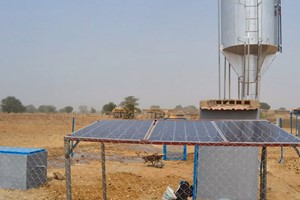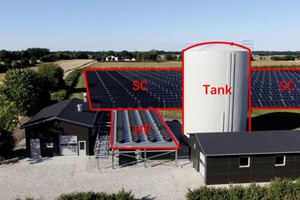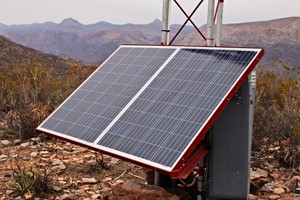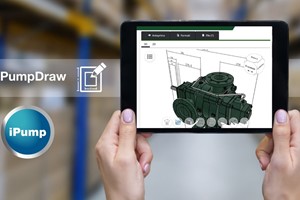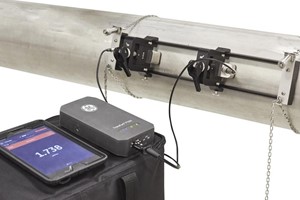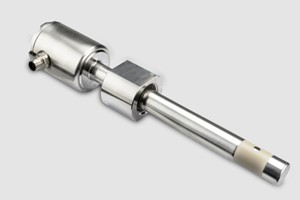A pioneering, cost-effective testing methodology for solar water pumping systems has been introduced by an international research group, promising to enhance water access in developing regions. The approach facilitates consistent borehole monitoring without added fuel expenses or interruptions to water supply.
The research, led by Simon Meunier and published in Heliyon, focuses on photovoltaic water pumping systems (PVWPS) utilized for domestic water provision and irrigation in underserved areas. Unlike conventional methods that require diesel generators and considerable manpower, this testing method leverages PVWPS solar panels to conduct regular borehole testing. "No previous studies have offered such a methodology to monitor boreholes over the entire lifespan of PVWPS installations," Meunier explained, emphasizing the sustainability benefits for communities, governments, NGOs, and other stakeholders involved in water and energy initiatives.
Conventional borehole testing methods, often conducted only before the PVWPS installation, demand substantial resources. Many African nations, for instance, mandate pumping tests prior to system installation and recommissioning to ensure borehole longevity and groundwater protection. These tests typically assess water contamination risks and specify minimum distances between the borehole and nearby infrastructure to prevent surface water contamination. In contrast, the new testing methodology offers continuous, non-intrusive monitoring at reduced costs, without disrupting water availability.
The team’s novel setup employs a non-intrusive clip-on flow sensor to monitor borehole water levels at varying flow rates. This device, which measures hydrostatic pressure based on water height above it, can be removed after each test. The testing process is initiated approximately one hour before sunrise, with data collection starting 30 minutes before sunrise and continuing until 2-3 hours after sunset to capture both active pumping and recovery periods. This allows for single-technician operation and comprehensive data collection throughout the day.
Field testing in Gogma, Burkina Faso, a region without a centralized water network, validated the approach. Installed in 2018, a 600 W PVWPS in this location supplies around 7 m³ of water daily to 280 residents. The borehole itself measures 56 meters deep and 0.11 meters in diameter, with the motor-pump situated at a depth of 30 meters and water entering a tank located 7.6 meters above ground level. Results demonstrated that the proposed method precisely determines borehole parameters, achieving a model fit with an average coefficient of determination (R²) of 0.99.
Economically, this solar-powered test costs $43, significantly less than traditional methods like the multiple-step drawdown test at $511 or long-term tests at $2,050. Over a decade, the cumulative expense of conducting these photovoltaic tests biannually is less than 10% of the cost of premature motor-pump replacement. Over a 50-year borehole lifespan, the cost of biannual tests remains under 13% of the expense of drilling a new borehole.
Meunier noted that early detection of borehole issues, such as clogging, through this method supports sustainable groundwater management, prevents over-extraction, and extends the operational life of both the borehole and PVWPS. Furthermore, by utilizing solar energy instead of diesel, the testing method significantly reduces emissions and logistical challenges, aligning with global sustainability goals.
By Emiliano Bellini




